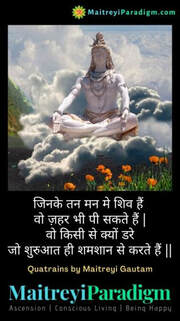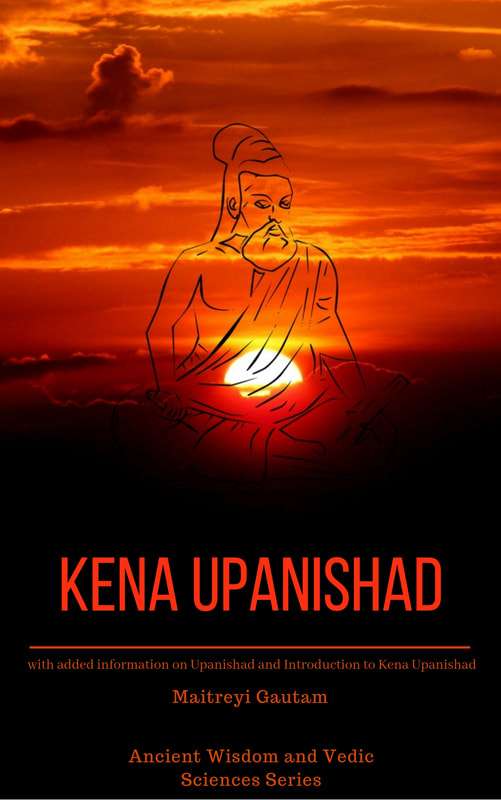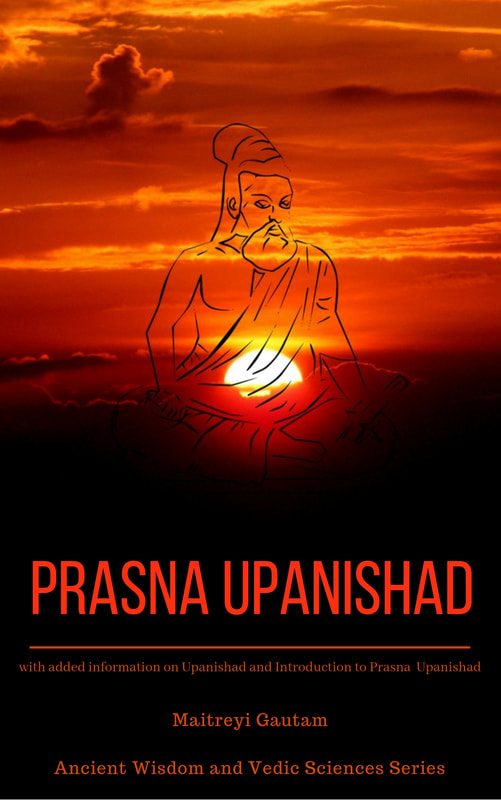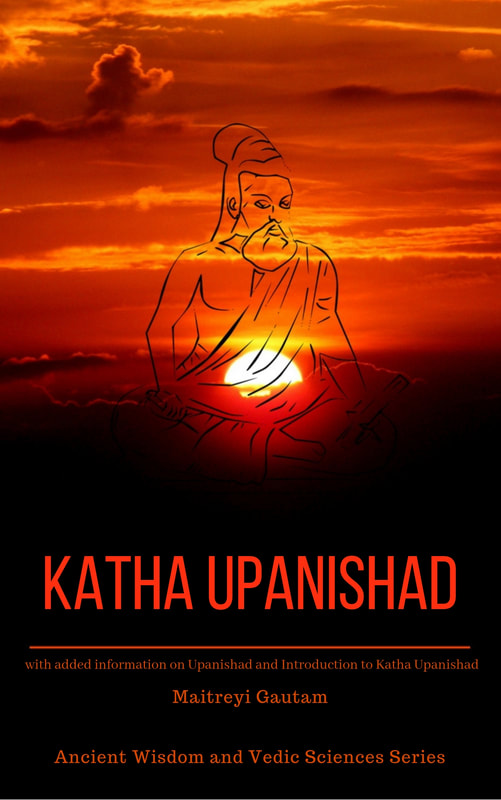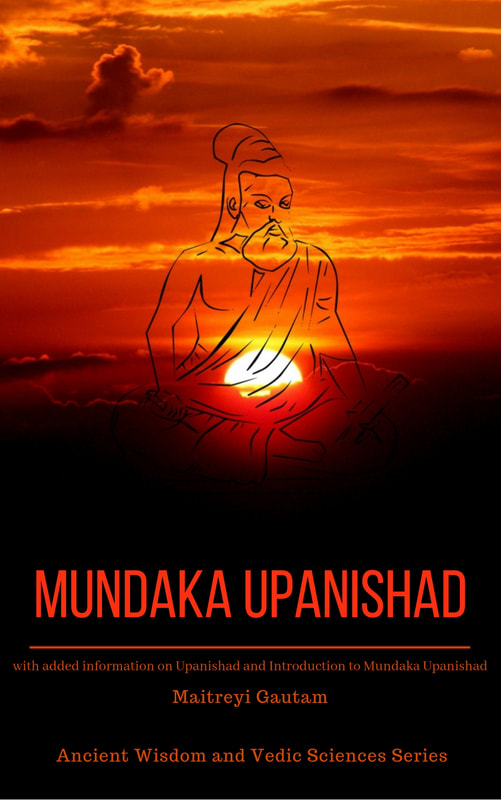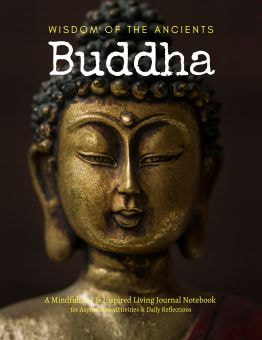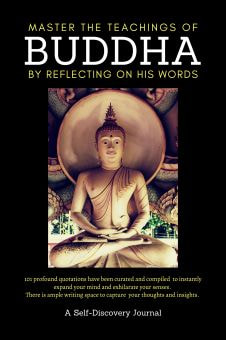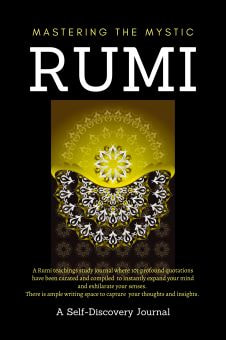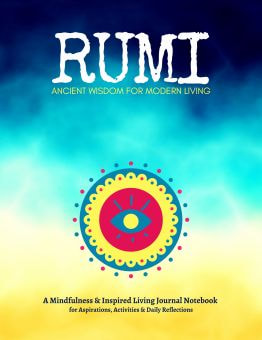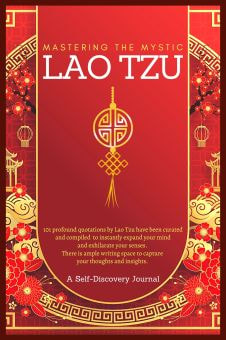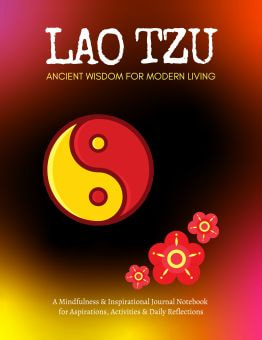| | Aghoris are the very special and also a small sect of Shiva devotees. They are known not only for their unconventional ways of praying but also at times, their scandalous spiritual practices like meditating while seated on a dead human body. Aghoris have a unique set of beliefs that differ from those of regular Shiva devotees. Aghoris believe that everything in the universe is interconnected, and that the divine can be found in everything, including the impure and taboo. They believe that by embracing the dark and impure aspects of life, they can |
overcome them and attain spiritual enlightenment and obtain ultimate liberation, i.e. moksha. Aghoris follow the left-handed tantric pathway called Vamachara, where they embrace the dark habits to rise and transcend beyond them.
Regular Shiva devotees believe in the worship of Shiva as the supreme deity and follow traditional religious practices to obtain his blessings and attain moksha (liberation). They believe that true and deep devotion will help them tarry over the mystery of life and attain ultimate liberation, i.e. moksha through the grace and blessings of their Lord Shiva. Regular Shiva devotees follow the right-handed tantric pathway called Dakshinachara, where they conduct their spiritual actions and practice in conventionally accepted forms such as mantra-chantings, abhishekams and so on.
They are many differences between an Aghori and a regular Shiva devotee...
Here are some of the key differences that you will observe between an Aghori and a regular, conventional Shiva devotee, i.e. a regular Shaivite:
1. Unconventional Spiritual Practices: As mentioned above, Aghoris are known for their unconventional ways of spiritual sadhana, i.e. spiritual practices. Their spiritual practices often involve the use of human ashes, animal sacrifices, and consumption of taboo substances such as human flesh.
Aghoris believe that the divine energy is everywhere and in all things. It is easy to embrace that which is appealing, but by embracing the dark and impure aspects of life, one can overcome them and attain spiritual enlightenment.
Aghoris challenge all that one typically finds unappealing and fearful, such as death and decay. They embrace these aspects of life, by facing them in the eye. They tend to live in cremation grounds and conduct their spiritual practice in the presence of dead human bodies.
Where as, regular Shiva devotees follow traditional religious practices, such as worshiping Shiva Linga in temples and performing puja, i.e., various worship rituals such as Shiva Linga abhishek, chanting Shiva mantras such as Om Namah Shivaya and so on.
2. Rejecting Commonly-held Societal Norms: Aghoris reject societal norms and conventions and choose to live a life of asceticism. They often live in cremation grounds or remote areas and wear ash-smeared clothes, symbolizing their rejection of commonly accepted ways of living.
Regular Shiva devotees, on the other hand, follow societal norms and do not reject them. They live their life and conduct their spiritual practice in a manner which is not only accepted but also extolled by the society.
Regular Shiva devotees believe in the worship of Shiva as the supreme deity and follow traditional religious practices to obtain his blessings and attain moksha (liberation). They believe that true and deep devotion will help them tarry over the mystery of life and attain ultimate liberation, i.e. moksha through the grace and blessings of their Lord Shiva. Regular Shiva devotees follow the right-handed tantric pathway called Dakshinachara, where they conduct their spiritual actions and practice in conventionally accepted forms such as mantra-chantings, abhishekams and so on.
They are many differences between an Aghori and a regular Shiva devotee...
Here are some of the key differences that you will observe between an Aghori and a regular, conventional Shiva devotee, i.e. a regular Shaivite:
1. Unconventional Spiritual Practices: As mentioned above, Aghoris are known for their unconventional ways of spiritual sadhana, i.e. spiritual practices. Their spiritual practices often involve the use of human ashes, animal sacrifices, and consumption of taboo substances such as human flesh.
Aghoris believe that the divine energy is everywhere and in all things. It is easy to embrace that which is appealing, but by embracing the dark and impure aspects of life, one can overcome them and attain spiritual enlightenment.
Aghoris challenge all that one typically finds unappealing and fearful, such as death and decay. They embrace these aspects of life, by facing them in the eye. They tend to live in cremation grounds and conduct their spiritual practice in the presence of dead human bodies.
Where as, regular Shiva devotees follow traditional religious practices, such as worshiping Shiva Linga in temples and performing puja, i.e., various worship rituals such as Shiva Linga abhishek, chanting Shiva mantras such as Om Namah Shivaya and so on.
2. Rejecting Commonly-held Societal Norms: Aghoris reject societal norms and conventions and choose to live a life of asceticism. They often live in cremation grounds or remote areas and wear ash-smeared clothes, symbolizing their rejection of commonly accepted ways of living.
Regular Shiva devotees, on the other hand, follow societal norms and do not reject them. They live their life and conduct their spiritual practice in a manner which is not only accepted but also extolled by the society.
| 3. Focus of Prayer: Aghoris focus on the inner self and seek to attain spiritual enlightenment and liberation, by going beyond the physical realm. They believe that the divine can be found in everything, including death, cremation grounds, and taboo practices. On the other hand, regular Shiva devotees seek to attain spiritual enlightenment by following traditional rituals and practices like mantra chanting, saying aartis and seeking the blessings of Shiva thru these religious austerities. | |
4. Praying to different forms of Lord Shiva: Aghoris typically worship the more fierce forms of Lord Shiva such as Lord Bhairav and Lord Mahakaal. They also tend to chant the more fiery mantras of Lord Shiva such as the beeja mantras of Haum and Hum.
Regular Shiva devotees typically worship the calm form of Shiva in this meditative state. They also chant simple and extremely beneficent mantras such as Om Namah Shivay.
In summary, Aghoris differ from regular Shiva devotees in their approach to spirituality, rejection of societal norms, and unconventional practices. However, both groups share a devotion to Shiva and seek spiritual enlightenment.
Regular Shiva devotees typically worship the calm form of Shiva in this meditative state. They also chant simple and extremely beneficent mantras such as Om Namah Shivay.
In summary, Aghoris differ from regular Shiva devotees in their approach to spirituality, rejection of societal norms, and unconventional practices. However, both groups share a devotion to Shiva and seek spiritual enlightenment.




